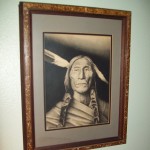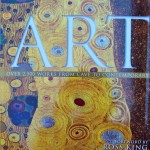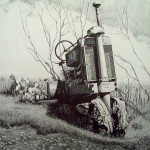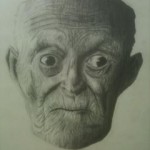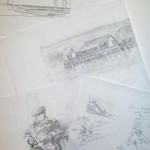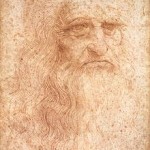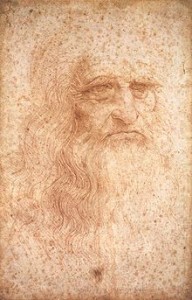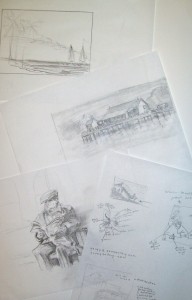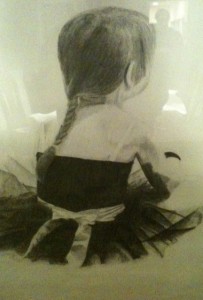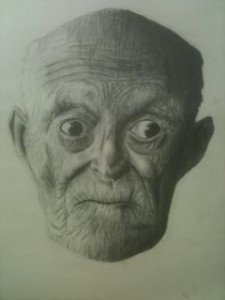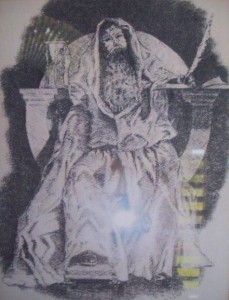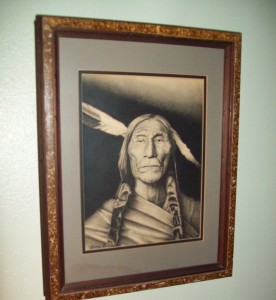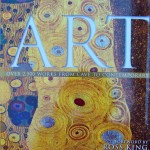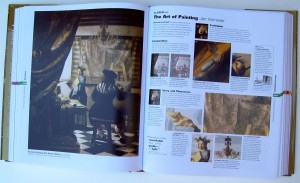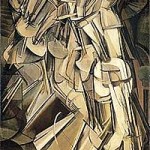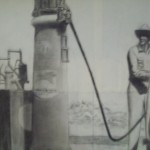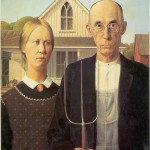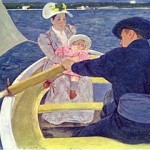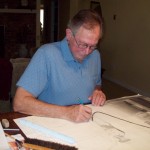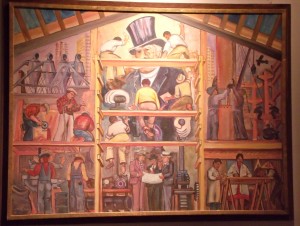
In my previous blog (you can read it by clicking above left), I invited artist and fine art photographers to be interviewed and promoted on this sight. Anyone interested needs to send a private message on twitter @Artcenterinform or my Facebook fan page (bottom right) or comment section (bottom). I will need to communicate with you through e-mail (which will be used for no other reason than the interview). If you use comment section at the bottom it will not show up on the page…all comments are reviewed and will not be posted to the public.
I’ve worked out a template for the interview which you will receive by e-mail, however I always plan to throw away the template as you answer the interview questions and lead me into more important questions about you; your personal feelings about your art; your inspiration; where it comes from; what you are trying to accomplish with your art, and what drives your passion. This is you…this is for you. Of course, we want your artwork displayed and we will find a way to get your sight forwarded.
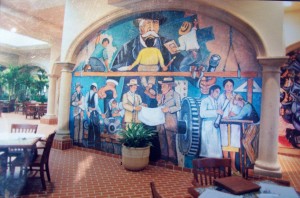
I did a very loose interview with Texas artist, Lynn Burton. If you haven’t already done so, you can visit the page by clicking on the picture of the wall mural he painted to the left<<<

